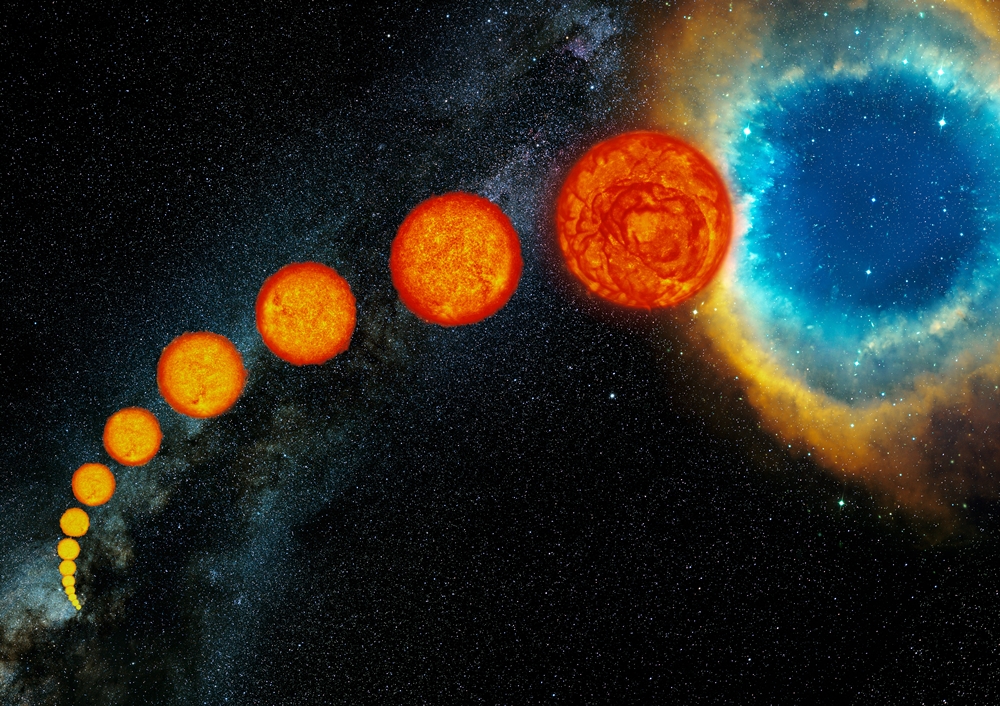Every telescope needs to be aligned before the first use or if the position of a telescope has changed. For accurate tracking of celestial objects and astrophotography, alignment of the telescope must be done correctly. Some computerized telescope mounts have no memory of the previous settings. These mounts need alignment every time the power is shut down.
The alignment methods differ depending on the type of mount. There are two basic types of mounts, and both have different alignment procedures.

Equatorial mount alignment
An equatorial mount moves the telescope in two axes. One axis moves in the direction of east-west and the other in the course of north-south. So far, this movement is the same as that of an altazimuth mount. The difference is in compensating for Earth rotation – one rotational axis must be parallel to the north/south celestial pole.
For simple observation, a basic alignment is required. This method demands some knowledge and can be a bit confusing for beginners in astronomy. Once the adjustment is made, observing the sky becomes very easy. If the mount is not motorized, the user can still track an object with the use of slow-motion controllers. For someone interested in astrophotography and deep-sky objects, a more precise alignment is required.

Altazimuth mount alignment
Altazimuth mount uses vertical (altitude) and horizontal (azimuth) axis to locate the object in space. Manual altazimuth mounts don’t require any alignment, while computerized mounts do. Several different alignment methods can be used:
- Brightest star alignment,
- 1 Star align,
- 2 Star align,
- 3 Star align,
- Solar System Align, etc.
For beginners, the brightest star alignment is best suited since no previous knowledge of astronomy is required. With this alignment, even a complete novice who doesn’t know a single star on the sky can align the telescope. For Star-align, the user must know the position of one, two, or three stars to align the telescope properly.



